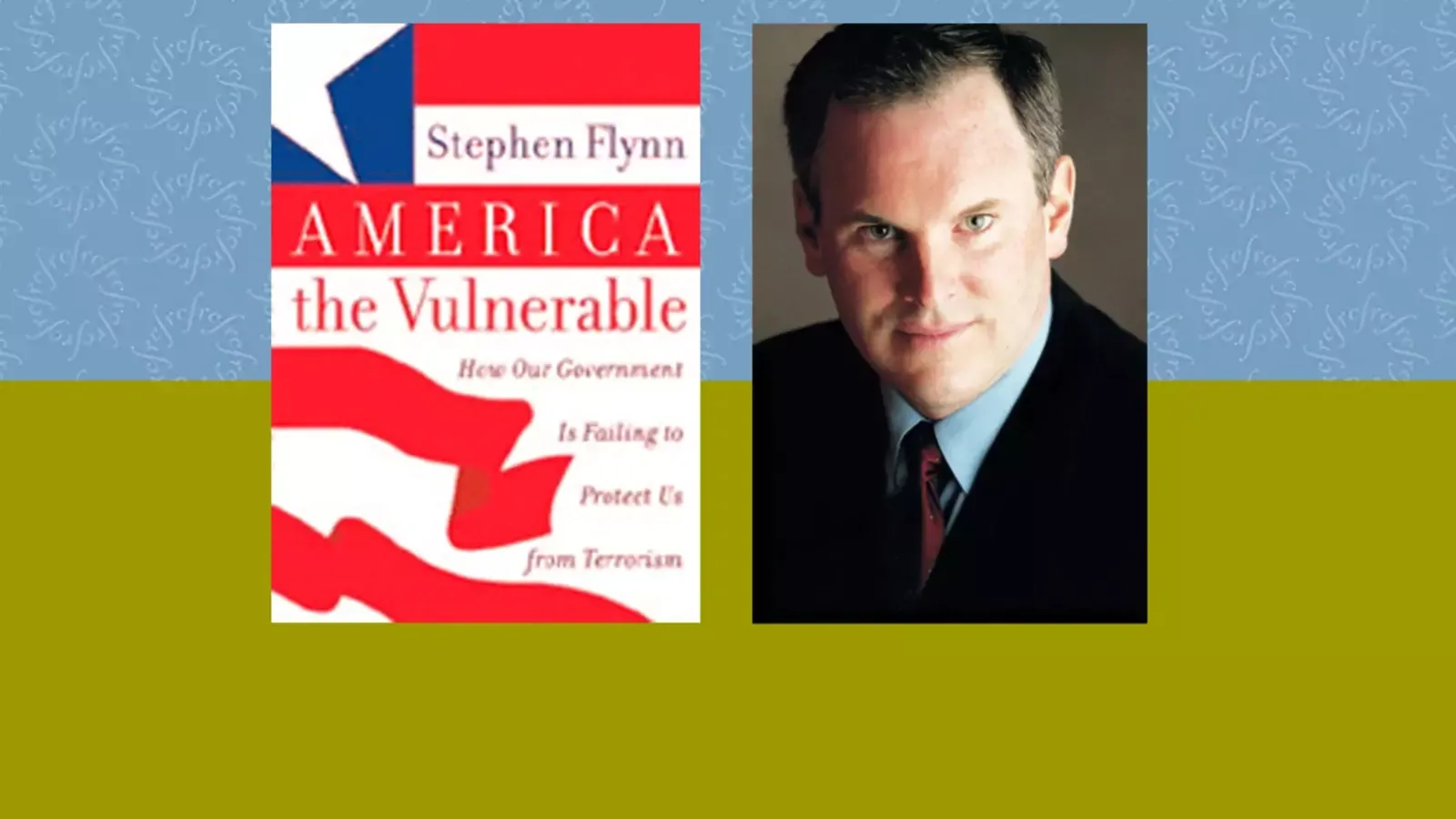America the Vulnerable

Introduction
In this book, CFR Fellow Stephen E. Flynn argues that three years after September 11, the United States is still dangerously unprepared to prevent or respond to another attack on its soil. The United States should be operating on a wartime footing at home, but despite the many new security precautions that have been proposed, America’s most serious vulnerabilities remain ominously exposed. Teaching notes by the author.
Summary
America the Vulnerable offers valuable insight into the ongoing exposure of our nation to catastrophic terrorist attacks and the struggle to reduce its myriad vulnerabilities. The book is suitable for courses on terrorism, national security, homeland security, and emergency preparedness at the graduate and undergraduate levels.
America the Vulnerable can be used as a field guide for the study of homeland security, offering a background on most of relevant issues including port and container security, aviation security, and critical infrastructure protection. It can also be used in any course that covers public policy and public administration.
Essay and Discussion Questions
- The author asserts that, "the same forces that helped to produce the horror that befell the nation [on 9/11] continue to gather strength" (p. 1). To what forces is the author referring?
- In the time since the book was published in August of 2004, what evidence is there that these forces have continued to strengthen? What counter-evidence is there to suggest that America is becoming more secure?
- Does America's overwhelming conventional warfare capability invite an asymmetric response as proposed in the Chinese strategy book Unrestricted Warfare (p. 8)? Have the priorities and organization of the U.S. national security establishment changed sufficiently in the 21st century to best deal with the terrorist threat?
- In Chapter 3, the author offers a litany of policy failures and vulnerabilities. What progress might a supporter of the Bush administration point to since the book's publication to suggest that these are being addressed? Is the United States better prepared now for a terrorist attack than it was two years ago?
- "Terrorists are in the driver's seat when selecting the time, place and method of their attack" (p. 78). Explain why this suggests that security measures must be designed to operate more like a "healthy human immune system" than a reaction triggered by a specific threat.
- In Chapter 5, the author proposes a new concept for securing ports and shipping containers. If such a system had been in place before March of 2006, would the Dubai Ports World purchase of five container terminals in the United States have been so controversial? What does this chapter suggest about the relative importance of who operates terminals vis-à-vis other security considerations?
- Evaluate the author's proposal for establishing a "Federal Security Reserve System" (p. 245-255). Why does the author see a need for such a system?
- To what extent do the contrasting views between Democrats and Republicans about the role of the federal government on social and domestic issues and on national security explain the lack of bipartisan consensus on homeland security?
- The author suggests that "homeland security measures will have derivative benefits for other public and private goods" (p. 168). Why does he make this argument? What are the benefits he lists? What others can you think of?